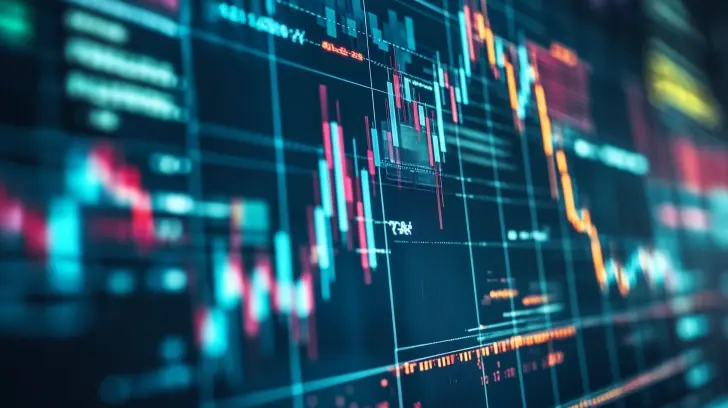Big investors and everyday traders are seeing the stock market through different lenses. A Bank of America (BofA) survey shows institutional fund managers are highly optimistic, while an American Association of Individual Investors (AAII) survey suggests retail investors are growing more cautious.
Institutional Investors Increase Stock Exposure
Risk appetite among large fund managers has reached its highest level in 15 years, with cash holdings dropping to their lowest point since 2010. According to BofA, 35% of managers are “overweight” on stocks, and 34% believe global equities will be the best-performing asset class this year. Optimism is particularly strong for international markets, with investors shifting their focus away from U.S. stocks.
Despite potential trade risks, recession fears have eased. Global recession expectations are at a three-year low, and 77% of fund managers still expect the Federal Reserve to cut interest rates in 2025.
Retail Investors Remain Wary
In contrast, everyday investors are skeptical about market conditions. The latest AAII survey found that 47.3% of retail traders hold a bearish outlook for the next six months—levels not seen since late 2023.
Concerns stem from policy shifts and inflationary pressures. The Trump administration’s push for protectionist trade policies has created uncertainty, with 57% of AAII respondents expecting U.S. tariffs to slow growth and drive up prices. Wall Street analysts warn that escalating trade conflicts could hurt corporate earnings, especially among S&P 500 firms.
Stocks vs. International Markets
While institutional investors remain bullish, their enthusiasm for U.S. stocks is fading. About 89% of BofA survey participants consider U.S. equities overvalued, the highest level since 2001. Many fund managers believe European stocks, particularly the EuroStoxx index, could outperform the Nasdaq this year.
At the same time, optimism about China’s economic recovery is rising. As global investors weigh risks and opportunities, the stock market remains split between confidence from large institutions and skepticism from everyday traders.

